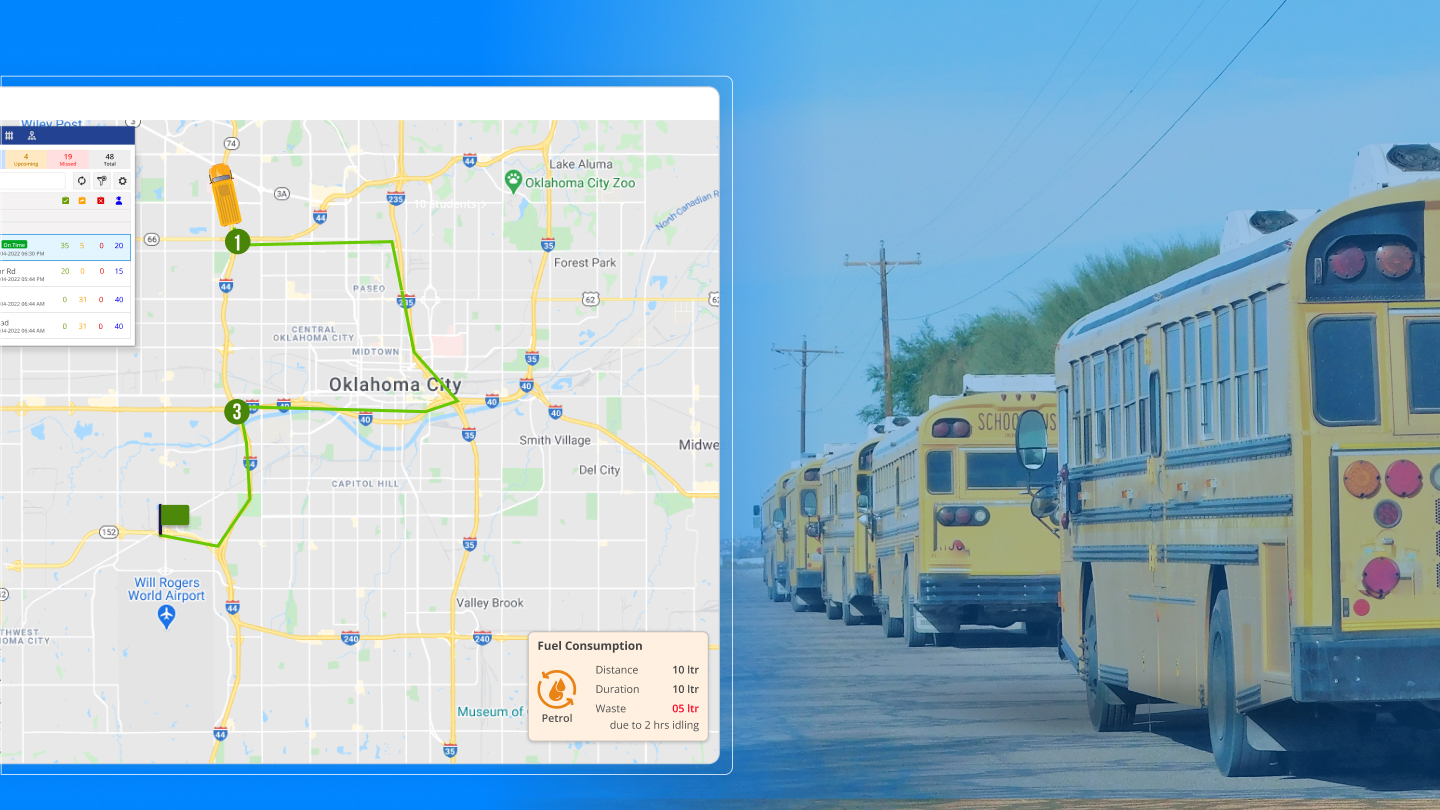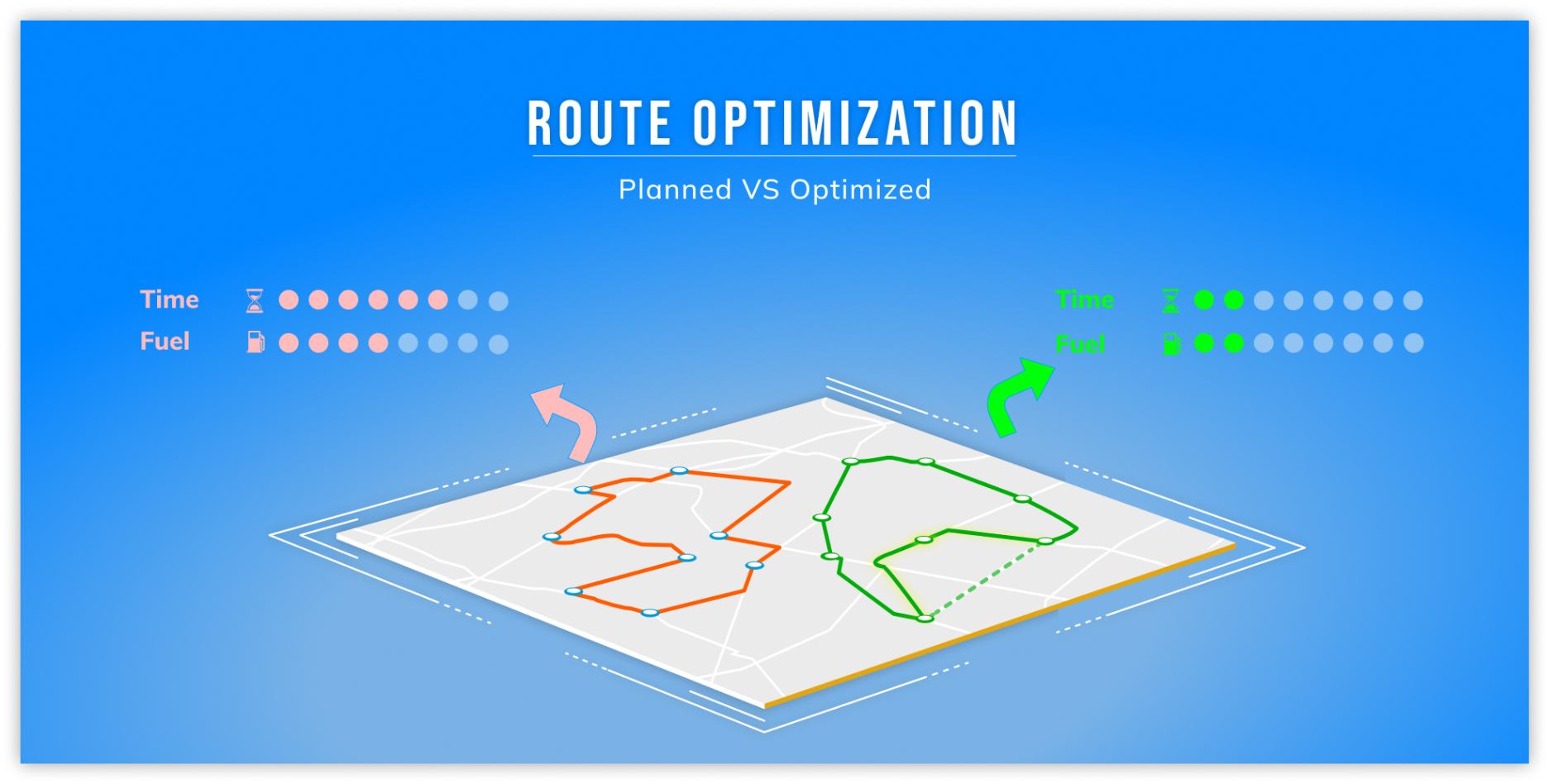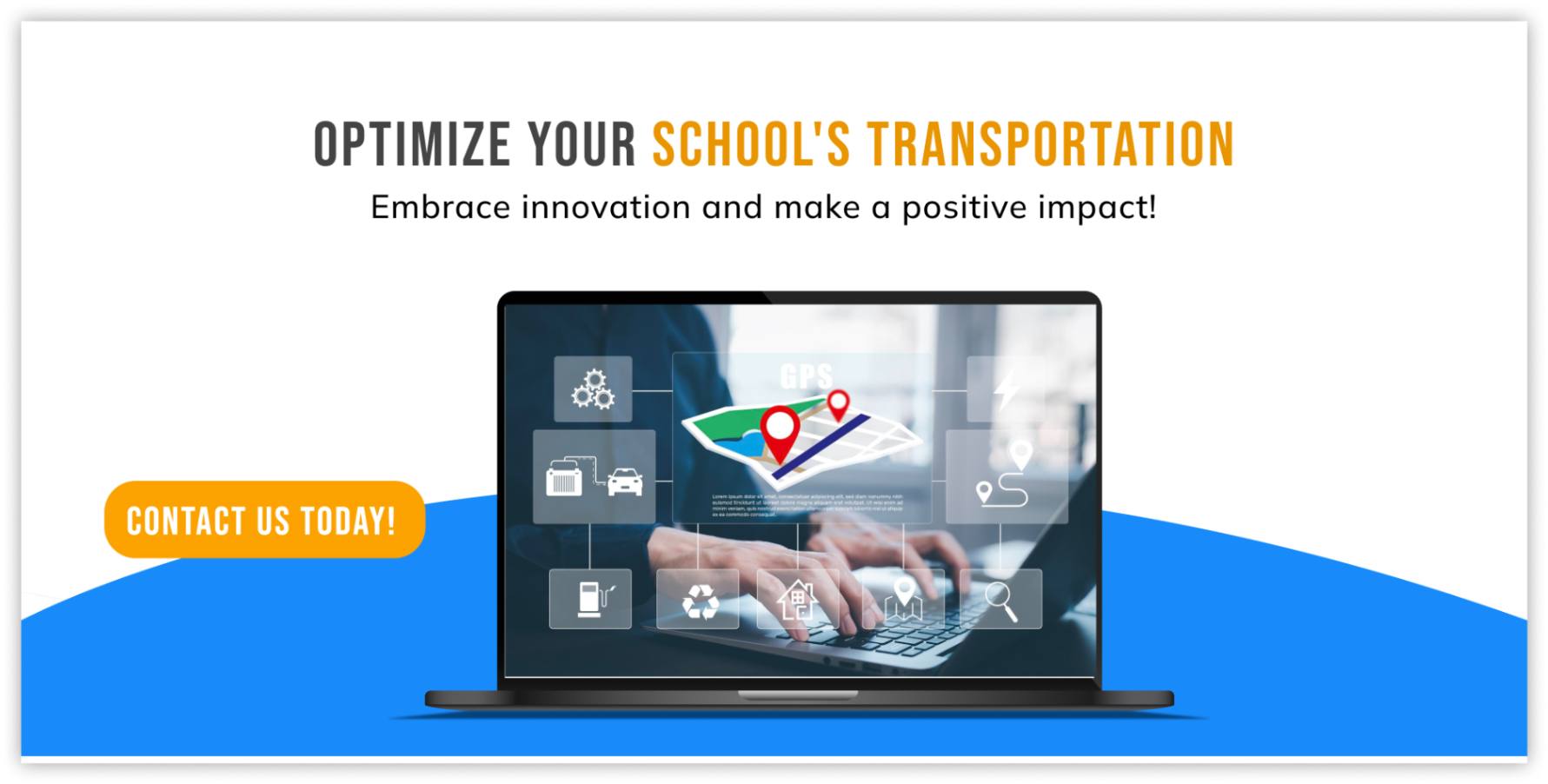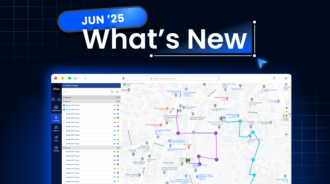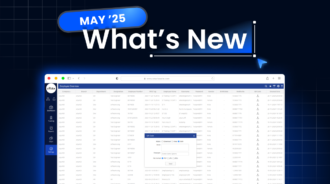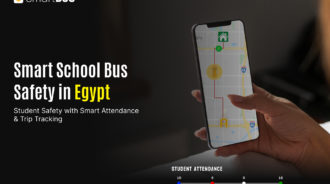SD Heritage Pride School in Gurgaon faced a significant challenge with their school bus system. Parents were constantly worried about their children’s safety during the commute. Delays were frequent, causing stress for everyone involved. School administrators struggled to manage the routes effectively, leading to increased operational costs. Implementing route optimization was seen as a necessary solution to address these issues and improve the overall efficiency of their transportation system.
Every morning, a fleet of buses set out to pick up students, but the journey was anything but smooth. Buses often got stuck in traffic, and some drivers took longer routes to avoid traffic jams. This irregularity made it hard for parents and teachers. Arrival times were never consistent. Many parents complained about long waiting times. Some children had to leave their homes very early, making the routine difficult for young students. The school knew they needed a change to bring order to the chaos.
SD Heritage Pride School’s 25% Improvement in Route Optimization
To tackle these issues, the school administration explored various options and discovered route optimization software. Implementing this software significantly improved the efficiency of their transportation system by 25%. They began by mapping all existing routes and collecting data on traffic patterns and bus schedules. The goal was to identify problem areas and use the software to suggest more efficient routes.
Implementing the Route Optimization System
The implementation phase was crucial. The school worked closely with the software provider to equip all buses with GPS devices that sent real-time location data to the system. They conducted training sessions for the drivers to learn how to use the new system. The user-friendly software allowed drivers to easily follow the optimized routes displayed on their devices. The school also set up a control center to monitor the buses in real-time.
Immediate Improvements in Efficiency
The changes were noticeable almost immediately. The optimized routes reduced travel time, with buses spending less time stuck in traffic and avoiding blocked areas. This led to more consistent and timely arrival and departure times. The improvement in efficiency was quantified as a 25% increase, significantly impacting the school’s operations.
Benefits for Parents and Students
Parents were the first to notice the improvement:
- Children arrived home earlier
- Waiting times at bus stops were significantly reduced
- Parents could track the buses in real-time through a mobile app, bringing peace of mind and transparency
Teachers and school staff also benefited from the changes:
- Classes started on time with fewer late arrivals
- Better management of school activities
- A more relaxed and efficient atmosphere
Financial and Environmental Benefits
The route optimization also had financial benefits:
- Reduction in fuel consumption as buses traveled shorter distances and spent less time idling
- Lower fuel costs
- Decreased maintenance costs as buses were no longer overused, reducing wear and tear
The school could allocate these savings to other areas, investing in better facilities and educational resources. The transportation budget became more manageable, improving the school’s financial stability.
Another significant benefit was the environmental impact. The optimized routes meant fewer emissions, as buses spent less time on the road, reducing their carbon footprint. The school became a role model for eco-friendly practices, promoting the benefits of reduced emissions to the students and integrating environmental responsibility into their learning.
Overcoming Challenges in the Transition
The transition was not without challenges:
- Some drivers struggled to adjust initially, as they were used to their traditional routes
- Continuous training and support were provided to help them adapt to the new system
- Technical problems with the GPS devices and software bugs were promptly addressed by the support team, ensuring minimal disruption
Parents also needed time to adapt to the new system of tracking buses. The school organized workshops to educate them, gradually helping everyone adjust to the new way of doing things.
Enhanced Safety Measures
Safety was a top priority for the school. The new system significantly improved safety measures, with real-time tracking allowing the school to monitor each bus and respond quickly to any emergencies. The software also had an alert system, notifying the control center if a bus deviated from its route. Parents felt more secure knowing the location of the buses, appreciating the transparency and enhancing the school’s reputation for safety.
Positive Feedback from the Community
The community responded extremely favorably. Parents shared their satisfaction on social media, praising the school for its proactive steps. Local media covered the story, highlighting the school’s innovative approach. Other schools in the district showed interest in the route optimization system, aiming to match the achievement of SD Heritage Pride School, which became an example of effective school transportation management.
Continuous Monitoring and Improvement
The journey didn’t end with the implementation. The school committed to continuous monitoring and improvement, regularly reviewing the performance of the routes and taking feedback from parents and drivers seriously. The system was updated based on this feedback, guaranteeing continuous success and demonstrating that constant evolution is key to maintaining success. The route optimization system became an essential part of their operations.
The Broader Impact on Education
The benefits of the optimized bus routes extended beyond transportation. The improved efficiency positively affected students’ academic performance as they arrived at school less tired and more ready to learn. Teachers found it easier to manage their schedules, with fewer late arrivals leading to more productive classroom time. The overall quality of education improved, allowing the school to focus more on academic excellence rather than logistical issues.
Future Prospects and Innovations
SD Heritage Pride School is now looking at further innovations, exploring advanced features of the software, including predictive analysis for route planning. They aim to stay ahead by continuously adopting new technologies and integrating the system with other smart technologies, such as attendance tracking and automated notifications for parents, to create a seamless experience for all parties involved.
Conclusion
SD Heritage Pride School in Gurgaon transformed its transportation system with route optimization, improving efficiency by 25%. This change brought reduced travel time, lower costs, enhanced safety, and a positive environmental impact. The school’s proactive approach set an example in the district, serving as an inspiration for other schools.
By focusing on continuous improvement and innovation, SD Heritage Pride School has created a model for success, demonstrating the potential of technology to bring about significant positive change in education.
